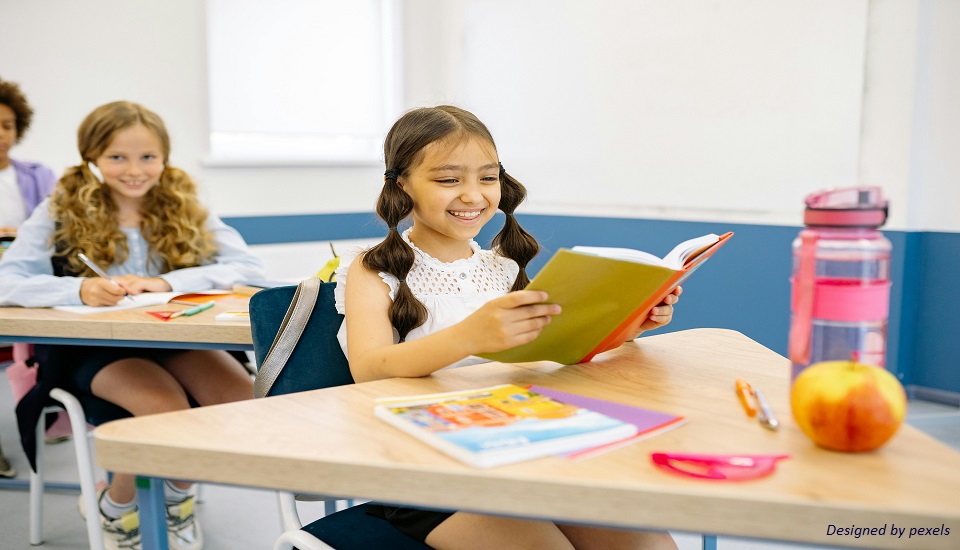
Reading is the heart of a great classroom. But it’s not just about handing out books and hoping for the best. The kind of text you choose can shape how students think, engage, and even feel about reading.
The good news? There’s a wide range of reading texts out there. And each type can do something special—whether it’s sparking imagination, building facts, or even persuading someone to think differently.
In this blog, we’ll walk through the main types of reading texts and talk about practical ways to bring them into your classroom.
6 Types Of Reading Texts To Generate Curiosity For Learning
Here are a few different types of reading texts that you can use in the classroom to help your students love reading:
1. Narrative Texts: Building Imagination and Emotion
Storybooks, fairy tales, and novels are all examples of classic narratives. They’re the kind of texts that pull you in and make you fall in love with reading.
Why use them?
How to use them:
Narratives are perfect for building a classroom culture where students feel safe to explore their thoughts and express emotions.
2. Informational Texts: Building Knowledge
These texts are all about facts. You’ll find them in textbooks, nonfiction books, articles, and even posters.
Why use them?
How to use them:
Students who read informational literature are better prepared for real-world tasks including conducting research, interpreting instructions, and completing forms.
3. Persuasive Texts: Teaching Opinions and Arguments
These are texts designed to convince someone. They include speeches, ads, letters to editors, and opinion essays.
Why use them?
How to use them:
These texts are great for older students who are beginning to see the power of their own voice.
4. Procedural Texts: Teaching ‘How-To’ Thinking
Procedural texts help children learn to follow and sequence steps clearly, enhancing reading comprehension and logical thinking. Activities like recipes, craft guides, or science experiments make learning hands-on and engaging.
Why use them?
How to use them:
These books make reading more engaging and frequently include some light entertainment.
5. Descriptive Texts: Improving Sensational Language and Vocabulary
Students can visualize places, people, or objects through descriptive texts. They can be as short as a paragraph or as long as a setting-rich story.
What us them:
How to use them:
6. Expository Texts: Digging into the Details
These are deep-dive texts meant to explain or analyze. You’ll find them in research reports and essays.
Why use them?
How to use them:
Expository texts help students take what they know and explain it clearly to others.
Bottom Line
Understanding when and how to employ various reading text types, can fundamentally alter the classroom reading experience. Be creative, give it purpose, and never forget the reader. Anyone pursuing an International Teaching Diploma will find this to be a useful skill for their teaching profession as it not only develops cognitive function but also fosters understanding of real world scenarios.